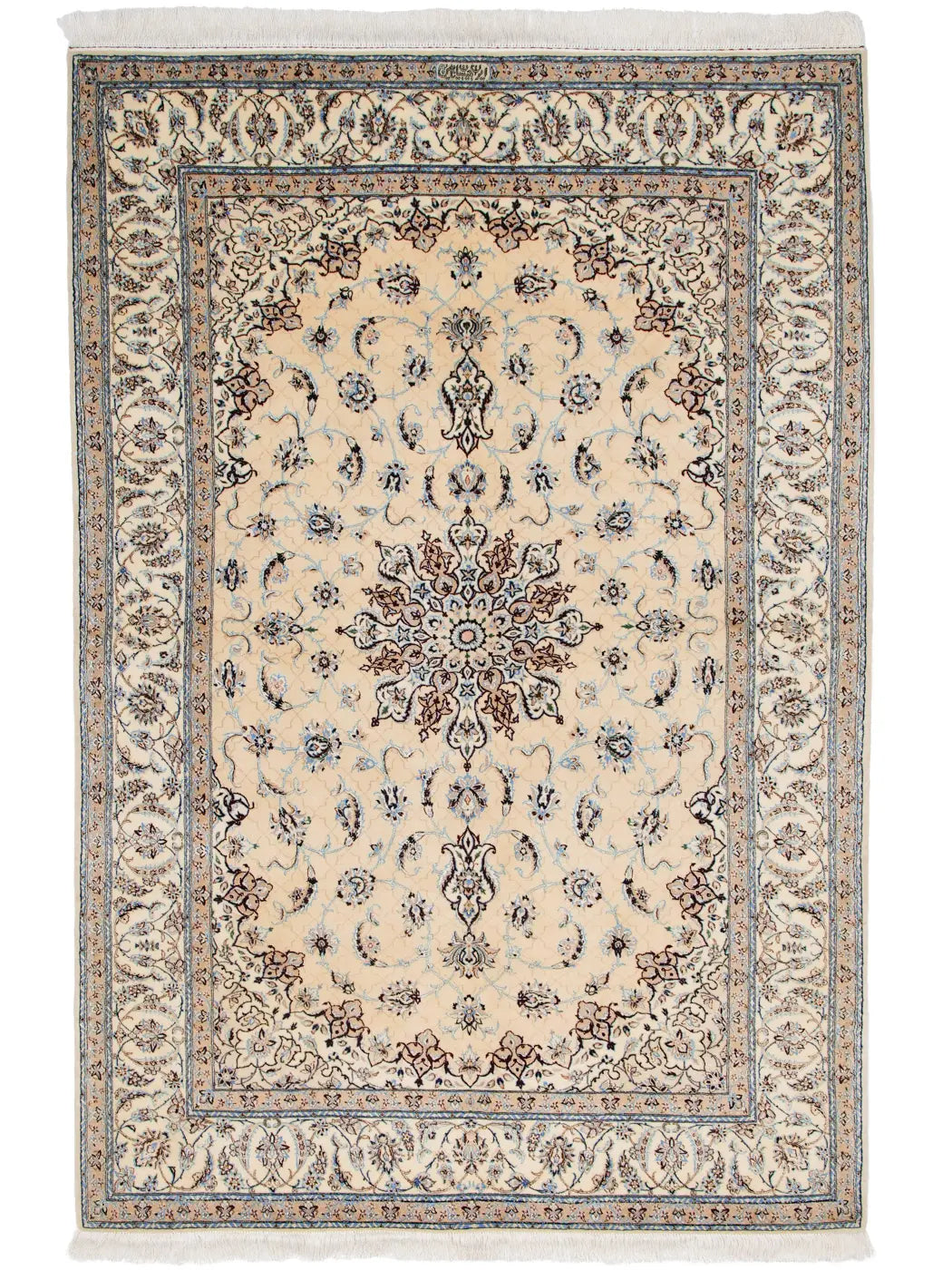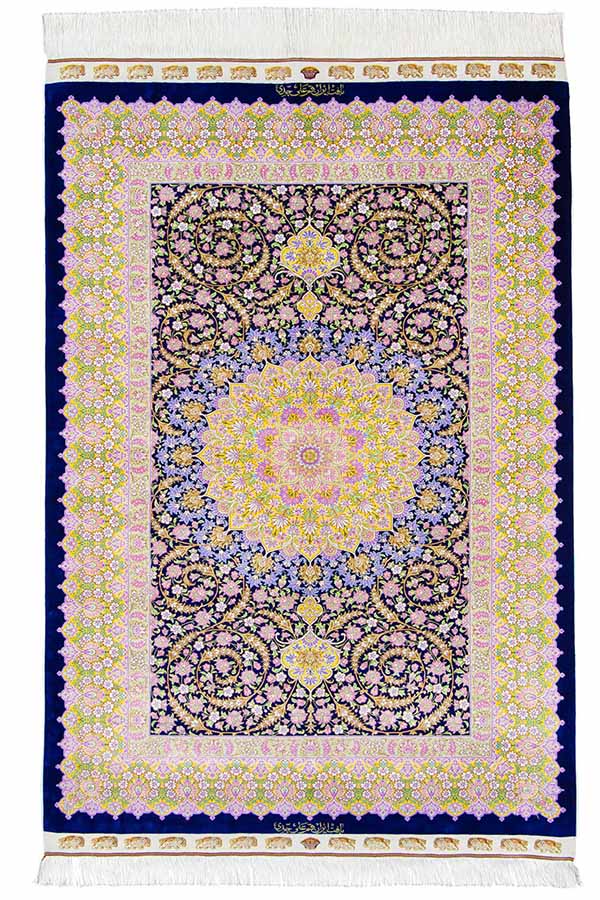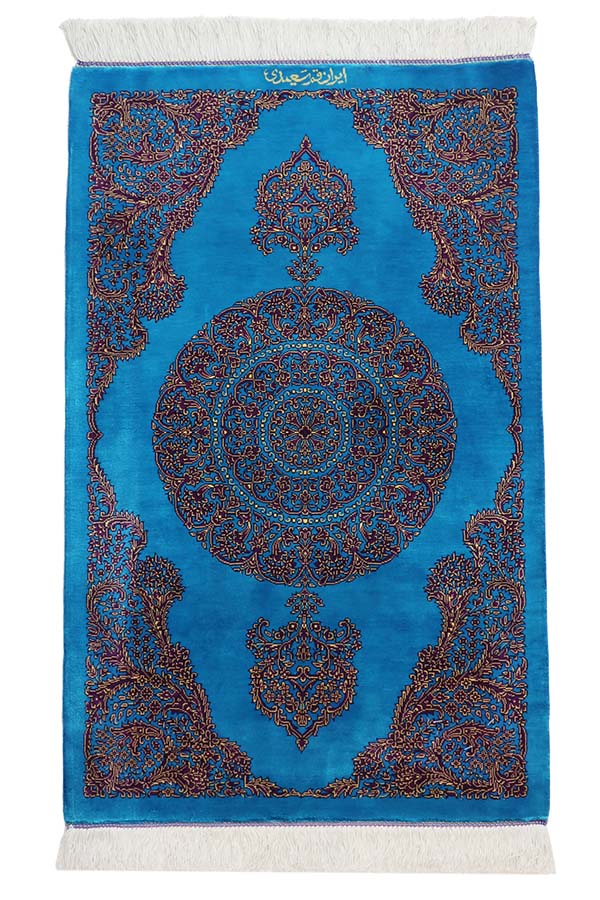The history of tribal rugs dates back to traditional weaving techniques passed down for thousands of years by nomadic peoples of Central Asia and the Middle East.
"Tribal" means "tribal" in English.
Tribal rugs are a general term for carpets handwoven by nomadic tribes living in Iran, Pakistan, Afghanistan, Türkiye, etc.
Its origins date back to ancient times, and the Pazyryk carpet (unearthed in a Scythian tomb in Siberia), created around the 5th century BC, is known as the oldest surviving carpet in the world.
Tribal rugs have been used as practical items essential to nomadic life, for example as tent mats and as clothing to keep warm.
Tribal weavers have continued to weave carpets for their livelihood, preserving traditional patterns for generations.
Each tribe has different weaving patterns and colors, and the names of the carpets are derived from the name of the tribe or the place where they are produced.
In particular, Turkmen carpet weaving has a long history and is known for its red geometric patterns featuring an octagonal crest called a "gyul."
Such tribal rugs are highly valued for their cultural value and exceptional craftsmanship.
The weaving traditions of each tribe have been passed down to the present day, and in 2019, Turkmen carpet-making techniques were registered as an Intangible Cultural Heritage by UNESCO, recognizing their value worldwide.
Even today, tribal rugs with their ethnic feel are popular as interior items.











